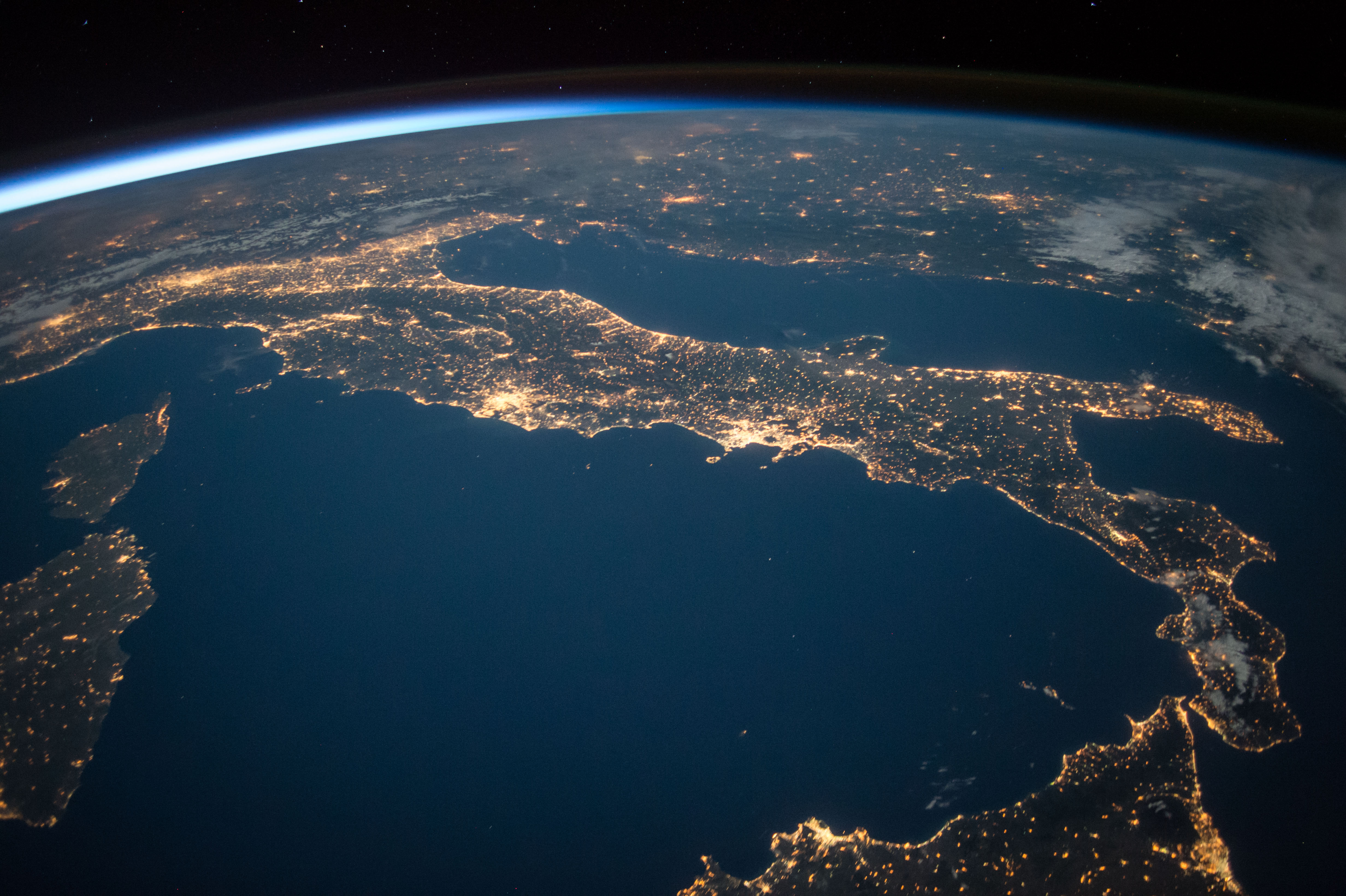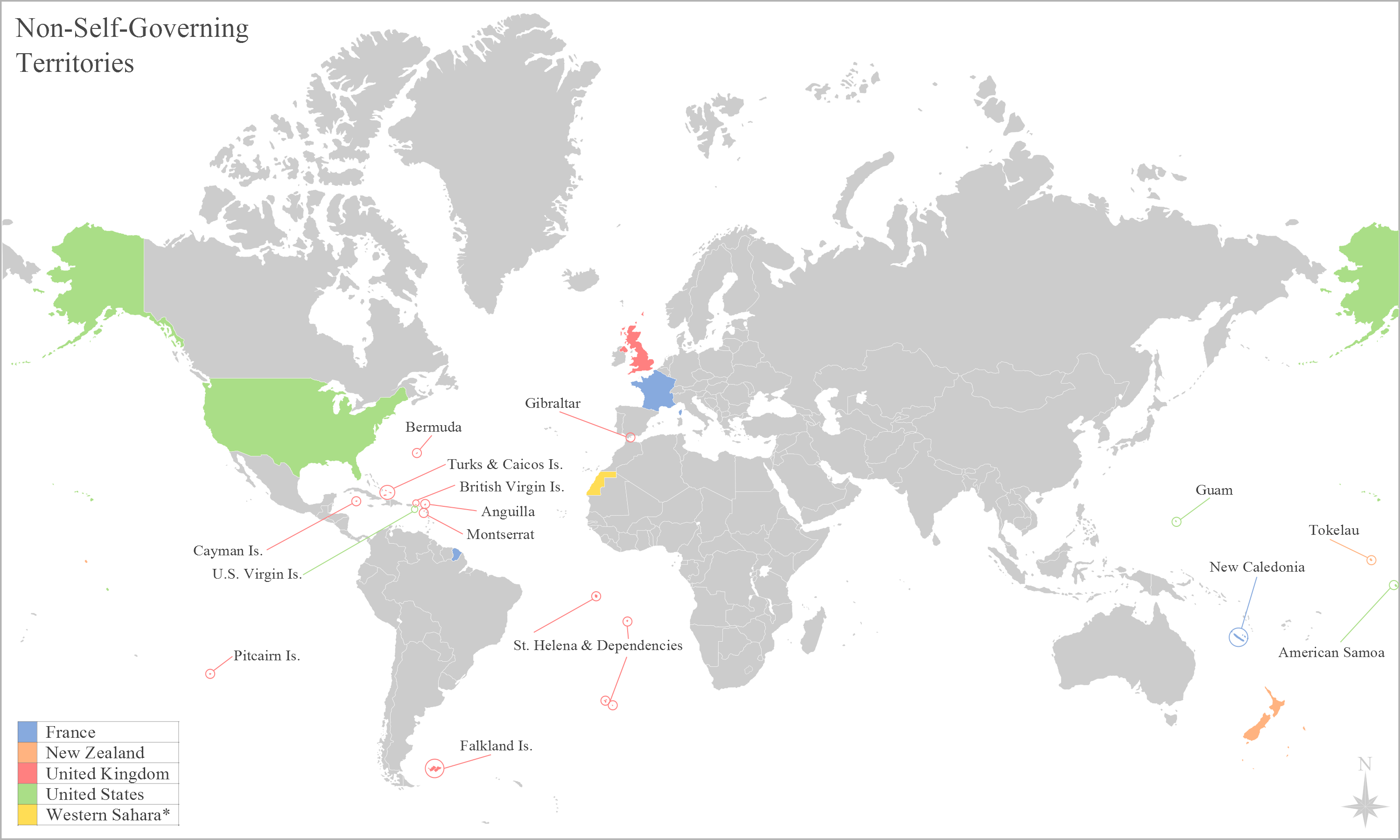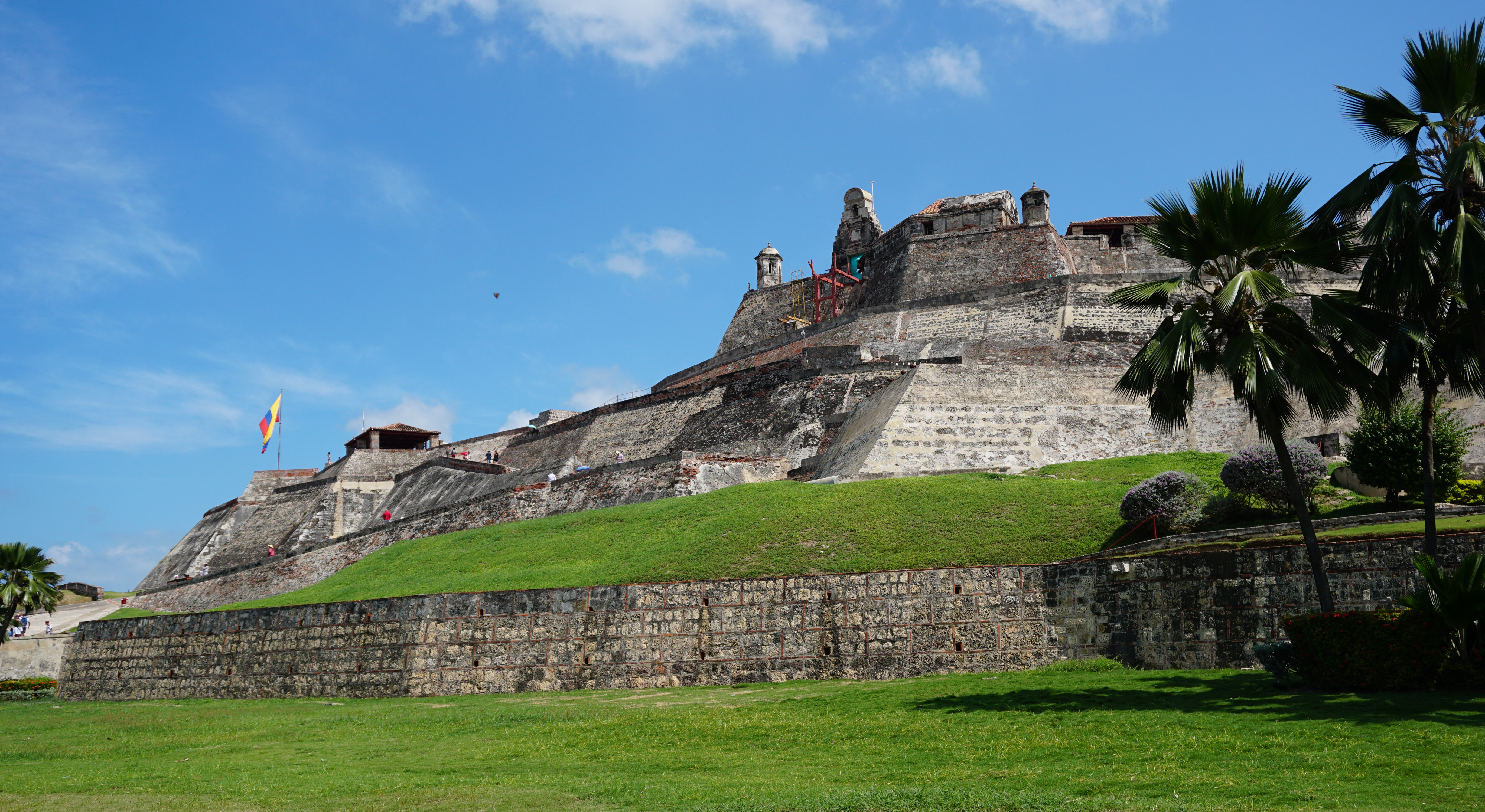|
Kénédougou Kingdom
The Kénédougou Kingdom, ( Cebaara Senufo: ''Fǎngi Kenedugu'')also referred to as the Kenedugu Kingdom, (c. 1650–1898) was a pre-colonial West African state established in the southern portion of present-day Mali. Traoré Dynasty Kénédougou was first established in the 1650s by the Senoufo people, who originate in modern-day Cote d'Ivoire. They began traversing the borders of Cote d'Ivoire, Mali, Burkina Faso and Ghana around the 13th century. The new kingdom was conveniently centered on the border of Mali and Burkina Faso. Its position was crucial to the exchange of desert and forest goods. However, the Senoufo traditionalist practices put them at odds with the Muslims to their north. The Senoufo of Kenedougou adopted some Mandé practices such as the king title of faama. Nanka Traoré became Kénédougou's first ruler and began the Traoré dynasty, which would last into the late 19th century. There is little information about the kingdom's formative years, and approximat ... [...More Info...] [...Related Items...] OR: [Wikipedia] [Google] [Baidu] |
Cebaara Language
Cebaara (Tyebala), one of a cluster of languages called Senari, is a major Senufo language, spoken by a million people in Ivory Coast Ivory Coast, also known as Côte d'Ivoire, officially the Republic of Côte d'Ivoire, is a country on the southern coast of West Africa. Its capital is Yamoussoukro, in the centre of the country, while its largest city and economic centre is .... Phonology Cebaara has the following sound inventory: Consonants * /b/ can be heard as a voiced fricative �when in intervocalic position. * Voiceless stops /p, t/ can occur as slightly voiced before /i/ as ̬, t̬* /s/ can be palatalized before an /i/, and can be recognized as a post-alveolar fricative �before another vowel in /siV/ position. * Palatal sounds /c, ɟ/ can also be heard as affricate sounds ͡ʃ, d͡ʒwithin free variation. * /ŋ/ can also be heard as a post-nasal � ̃within word final positions. Vowels * Vowels /e, o/ can be realized as �, ʊwhen in shortened form. ... [...More Info...] [...Related Items...] OR: [Wikipedia] [Google] [Baidu] |
Mamelon (Sikasso)
Mamelon (from French ''mamelon'', "nipple") may refer to * Mamelon (dentistry), a protrusion on a newly erupted tooth *Mamelon (fort) A mamelon () is a French name for a breast shaped hillock. At the Siege of Sevastopol (1854–1855) during the Crimean War the French called a strategic hillock (location: ) the Mamelon. The British adopted the French name for the hill, but also ..., a hillock fortified by the Russians and captured by the French during the Siege of Sevastopol (1854–1855) * Mamelon (Sikasso), a hill in Sikasso, Mali * Mamelon (volcanology), a hill formed by eruption of "stiff" lava {{disambig ... [...More Info...] [...Related Items...] OR: [Wikipedia] [Google] [Baidu] |
Countries In Precolonial Africa
A country is a distinct part of the world, such as a state, nation, or other political entity. It may be a sovereign state or make up one part of a larger state. For example, the country of Japan is an independent, sovereign state, while the country of Wales is a component of a multi-part sovereign state, the United Kingdom. A country may be a historically sovereign area (such as Korea), a currently sovereign territory with a unified government (such as Senegal), or a non-sovereign geographic region associated with certain distinct political, ethnic, or cultural characteristics (such as the Basque Country). The definition and usage of the word "country" is flexible and has changed over time. ''The Economist'' wrote in 2010 that "any attempt to find a clear definition of a country soon runs into a thicket of exceptions and anomalies." Most sovereign states, but not all countries, are members of the United Nations. The largest country by area is Russia, while the smallest i ... [...More Info...] [...Related Items...] OR: [Wikipedia] [Google] [Baidu] |
French Sudan
French (french: français(e), link=no) may refer to: * Something of, from, or related to France ** French language, which originated in France, and its various dialects and accents ** French people, a nation and ethnic group identified with France ** French cuisine, cooking traditions and practices Fortnite French places Arts and media * The French (band), a British rock band * "French" (episode), a live-action episode of ''The Super Mario Bros. Super Show!'' * ''Française'' (film), 2008 * French Stewart (born 1964), American actor Other uses * French (surname), a surname (including a list of people with the name) * French (tunic), a particular type of military jacket or tunic used in the Russian Empire and Soviet Union * French's, an American brand of mustard condiment * French catheter scale, a unit of measurement of diameter * French Defence, a chess opening * French kiss, a type of kiss involving the tongue See also * France (other) * Franch, a surname * Fre ... [...More Info...] [...Related Items...] OR: [Wikipedia] [Google] [Baidu] |
Colony
In modern parlance, a colony is a territory subject to a form of foreign rule. Though dominated by the foreign colonizers, colonies remain separate from the administration of the original country of the colonizers, the ''metropole, metropolitan state'' (or "mother country"). This administrative colonial separation makes colonies neither incorporated territories nor client states. Some colonies have been organized either as dependent territory, dependent territories that are Chapter XI of the United Nations Charter, not sufficiently self-governed, or as self-governing colony, self-governed colonies controlled by settler colonialism, colonial settlers. The term colony originates from the ancient rome, ancient Roman ''colonia (Roman), colonia'', a type of Roman settlement. Derived from ''colon-us'' (farmer, cultivator, planter, or settler), it carries with it the sense of 'farm' and 'landed estate'. Furthermore the term was used to refer to the older Greek ''apoikia'' (), which w ... [...More Info...] [...Related Items...] OR: [Wikipedia] [Google] [Baidu] |
Toucouleur Empire
The Tidjaniya Caliphate ( ar, الخلافة التجانية; also known as the Tijaniyya Jihad state or the Segu Tukulor or the Toucouleur Empire) (1861–1890) was founded in the mid-nineteenth century by Elhadj Oumar Foutiyou Tall of the Toucouleur people of Senegal. History Omar Tall returned from the Hajj in 1836 with the titles of El Hadj and caliph of the Tijaniyya brotherhood of the Sudan. After a long stay in Futa Tooro (present day Senegal), he moved to the Fouta Djallon region (in present-day Guinea) in the 1840s. Here, he completed a major work on Tijaniyya scholarship; after this he started to focus on military struggle. Omar Tall planned to conquer new pagan territory for Islam. Omar Tall managed to bring together a large army of Fulbe and Toucouleur followers and he defeated the states of Tamba (1852), Kaarta Kingdom (1855), Bamana Empire (1861), Massina Empire (1862) and Timbuktu (1863). During the decisive victory in the Battle of Segou on March 10, 1861 ... [...More Info...] [...Related Items...] OR: [Wikipedia] [Google] [Baidu] |
Ségou
Ségou (; bm, ߛߋߓߎ, italic=no, ) is a town and an urban commune in south-central Mali that lies northeast of Bamako on the right bank of the River Niger. The town is the capital of the Ségou Cercle and the Ségou Region. With 130,690 inhabitants in 2009, it is the fifth-largest town in Mali. The village of Ségou-Koro, upstream of the present town, was established in the 17th century and became the capital of the Bambara Empire. History In the middle of the 19th century there were four villages with the name of Ségou spread out over a distance of around along the right bank of the river. They were, starting from the most upstream, Ségou-Koro (Old Ségou), Ségou-Bougou, Ségou-Koura (New Ségou) and Ségou-Sikoro. The present town is on the site of Ségou-Sikoro. The village of Ségou-Koro prospered after Biton Mamary Coulibaly became king in 1712 and founded the Ségou (or Bamana) Empire. Mungo Park became the first European known to have visited the villa ... [...More Info...] [...Related Items...] OR: [Wikipedia] [Google] [Baidu] |
Fortification
A fortification is a military construction or building designed for the defense of territories in warfare, and is also used to establish rule in a region during peacetime. The term is derived from Latin ''fortis'' ("strong") and ''facere'' ("to make"). From very early history to modern times, defensive walls have often been necessary for cities to survive in an ever-changing world of invasion and conquest. Some settlements in the Indus Valley civilization were the first small cities to be fortified. In ancient Greece, large stone walls had been built in Mycenaean Greece, such as the ancient site of Mycenae (famous for the huge stone blocks of its ' cyclopean' walls). A Greek '' phrourion'' was a fortified collection of buildings used as a military garrison, and is the equivalent of the Roman castellum or English fortress. These constructions mainly served the purpose of a watch tower, to guard certain roads, passes, and borders. Though smaller than a real fortress, th ... [...More Info...] [...Related Items...] OR: [Wikipedia] [Google] [Baidu] |
Wassulu Empire
The Wassoulou Empire, sometimes referred to as the Mandinka Empire, was a short-lived (1878–1898) empire of West Africa built from the conquests of Malinke ruler Samori Ture and destroyed by the French colonial army. In 1864, Toucouleur ruler El Hajj Umar Tall died near Bandiagara, leaving the then-dominant Toucouleur Empire tottering and a number of chiefs rushing to break their own pieces away from the newly weakened federation. By far the most successful among them was Samori Touré of what is now southwestern Guinea. Army organization Samori's army was well equipped with European firearms and a complex structure of permanent units. His army was divided into an infantry wing of sofa (Mandinka for infantry, usually slaves) and a cavalry wing. By 1887, Samori could field 30,000 to 35,000 infantry and about 3,000 cavalry. Infantry were divided into units of 10 to 20 men known as a "se" or "kulu". Cavalry were divided into bands of 50 horsemen called a "sere". Kulu ... [...More Info...] [...Related Items...] OR: [Wikipedia] [Google] [Baidu] |
French Army
The French Army, officially known as the Land Army (french: Armée de Terre, ), is the land-based and largest component of the French Armed Forces. It is responsible to the Government of France, along with the other components of the Armed Forces. The current Chief of Staff of the French Army (CEMAT) is General , a direct subordinate of the Chief of the Defence Staff (CEMA). General Schill is also responsible to the Ministry of the Armed Forces for organization, preparation, use of forces, as well as planning and programming, equipment and Army future acquisitions. For active service, Army units are placed under the authority of the Chief of the Defence Staff (CEMA), who is responsible to the President of France for planning for, and use of forces. All French soldiers are considered professionals, following the suspension of French military conscription, voted in parliament in 1997 and made effective in 2001. , the French Army employed 118,600 personnel (including the Fore ... [...More Info...] [...Related Items...] OR: [Wikipedia] [Google] [Baidu] |
Babemba Traoré
Babemba Traoré was a king of the Kénédougou Empire. Following the 1893 death of his brother Tieba Traoré, Babemba assumed the Kénédougou throne. The capital, Sikasso, was beset at this time by both the Mandinka forces of Samory Touré and by the rapidly advancing French colonial army. The neighboring Toucouleur Empire's capital at Ségou had fallen to the French the previous year, leaving the French free to focus on subduing the Kénédougou. In April 1898, the French began a major artillery barrage against Sikasso's walls; the city itself fell on May 1, 1898. Rather than surrender to the French, Babemba ordered his guards to kill him, an action still celebrated in Mali today. Samory Touré was captured in September of the same year, marking the effective end of West African resistance to French rule. History Mansa Douala, Traoré was the father of Tieba Traore, Babemba (Bangaly Traore), and Sillatequi Traore and others. Tieba Traore was the youngest brother of Babem ... [...More Info...] [...Related Items...] OR: [Wikipedia] [Google] [Baidu] |
Sikasso
Sikasso ( Bambara: ߛߌߞߊߛߏ tr. Sikaso) is a city in the south of Mali and the capital of the Sikasso Cercle and the Sikasso Region. It is Mali's second largest city with 225,753 residents in the 2009 census. History Sikasso was founded at the beginning of the nineteenth century by Mansa Douala. The town was a small village until 1876 when Tieba Traoré, whose mother came from Sikasso, became King of the Kénédougou Empire and moved its capital there. He established his palace on the sacred Mamelon hill (now home to a water tower) and constructed a ''tata'' or fortifying wall to defend against the attacks of both the Malinke conqueror Samori Ture and the French colonial army. The city withstood a long siege from 1887 to 1888 but fell to the French in 1898. Rather than surrender to the colonial army, Tieba's brother Babemba Traoré, who had succeeded him as king, committed suicide, honoring the famous Bamanankan saying "Saya ka fisa ni maloya ye" (literally: death ... [...More Info...] [...Related Items...] OR: [Wikipedia] [Google] [Baidu] |







